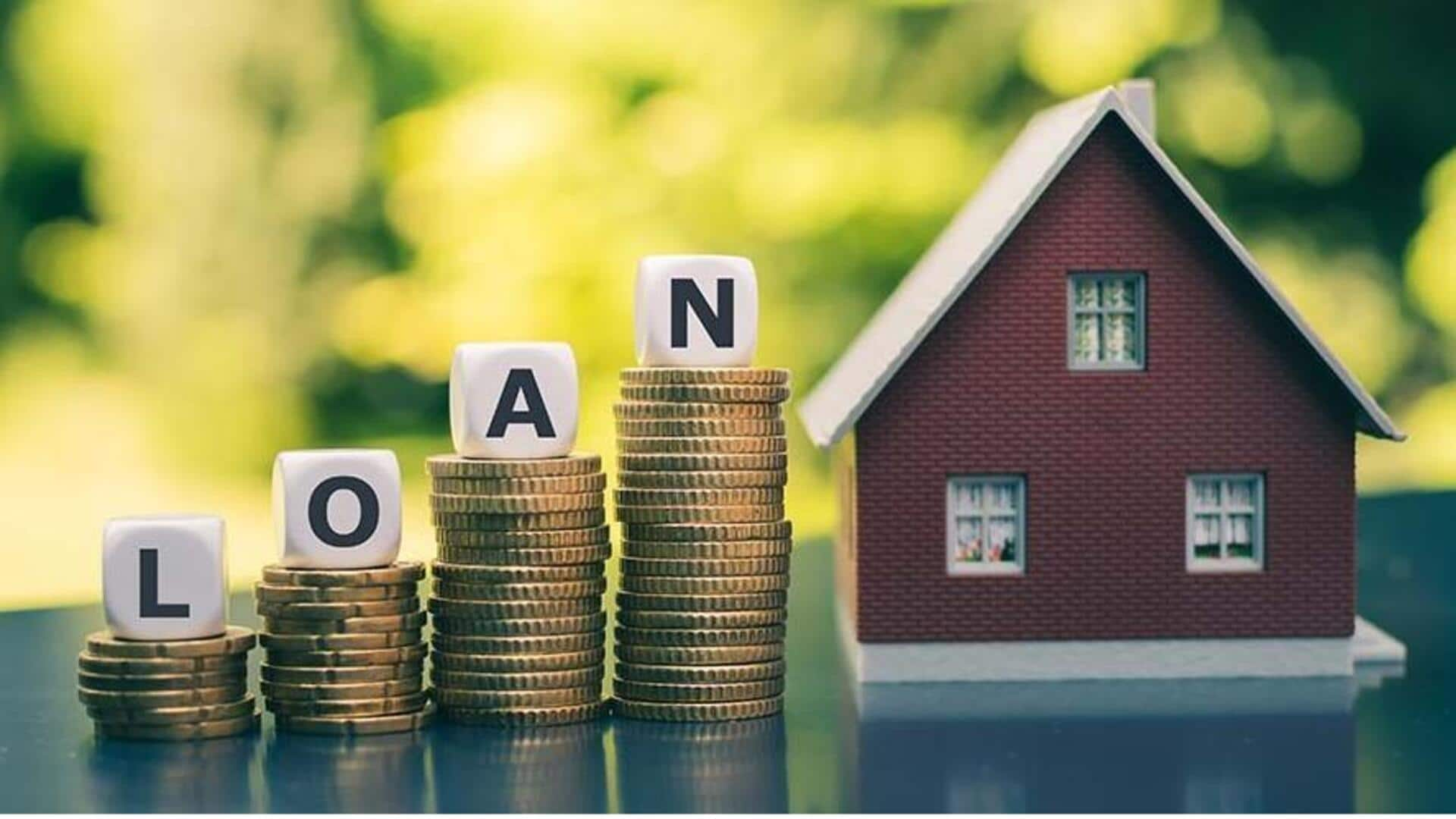The country’s largest lender, State Bank of India, has raised its home loan interest rates from the start of August 2025. The move comes right before the Reserve Bank of India’s monetary policy meeting earlier this month, where the central bank decided to keep the repo rate unchanged at 5.55 percent.

With this change, the upper range of SBI’s home loan interest rate has gone up from 8.45 percent to 8.70 percent. The lower limit, however, continues to remain at 7.50 percent. This means that new customers will now face interest rates ranging between 7.50 percent and 8.70 percent, depending on their credit profile, CIBIL score, and loan amount.
The development is significant because the RBI has already cut repo rates by one hundred basis points since February 2025, offering some relief to loan takers across the country. However, in its latest communication, the central bank hinted that further rate cuts may not be possible for now. Against this backdrop, SBI’s decision to increase rates is being seen as a possible beginning of a tougher lending cycle where banks may gradually become more conservative in their pricing.

How Other Banks Compare
SBI’s move has naturally led borrowers to compare offers from other major banks. Bank of Baroda is currently offering rates between 7.45 percent and 9.20 percent depending on the customer’s credit score and loan size. Punjab National Bank has set its starting rate at 7.45 percent. Canara Bank has a wide range from 7.40 percent to 10.25 percent. HDFC Bank’s home loans begin at 7.90 percent, while ICICI Bank starts at 7.70 percent but can go up to 9.80 percent depending on the loan. Kotak Mahindra Bank begins at 7.99 percent and can reach as high as 12 percent in certain cases, particularly when customers switch from floating to fixed rate options.
This comparison shows that while SBI remains competitive at the lower end, its upper limit has now climbed higher, which will directly affect customers with larger loans or lower credit scores.
Impact on Customers
For borrowers, even a seemingly small rise of twenty five basis points can add up to a substantial increase over the life of the loan. On a long tenure loan such as a home loan, the additional cost could stretch into lakhs of rupees. Monthly EMIs will also rise, putting extra pressure on household budgets.

Financial experts say this is a sign that banks may start tightening rates further if inflation does not ease and if the RBI eventually decides to hike the repo rate again. For existing borrowers, the option of a balance transfer to another bank offering a better rate might be worth exploring. New borrowers are being advised to carefully compare rates, keep their CIBIL score in good health, and plan finances before committing to a large loan.
What Borrowers Should Do
If you are planning to take a new home loan, it is important to look beyond just the rate. Consider the processing fees, prepayment penalties, and flexibility of repayment as well. Always try to negotiate with your bank for the best possible deal if you have a strong credit score. For those already repaying, review your loan terms regularly and switch lenders if a significantly better deal is available elsewhere.
Conclusion
SBI’s latest hike in home loan interest rates signals that the phase of ultra cheap borrowing is slowly coming to an end. While the RBI has not raised repo rates, banks are becoming more focused on protecting their margins and managing risks. This makes it essential for customers to stay informed, compare options, and plan ahead for long term financial commitments.
Stay updated on interest rate changes, loan tips, and smart personal finance strategies by following You Finance on Instagram and Facebook.















